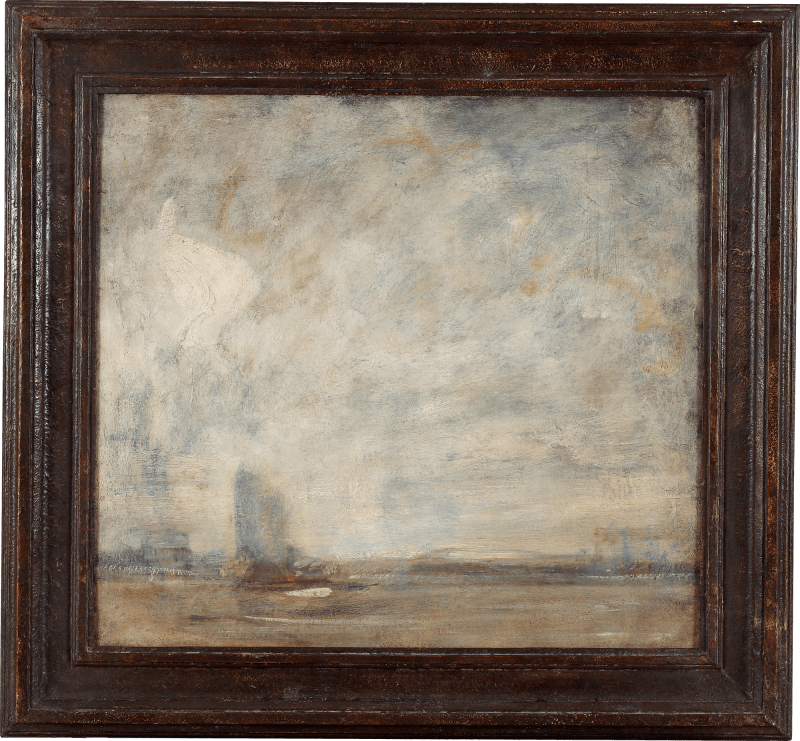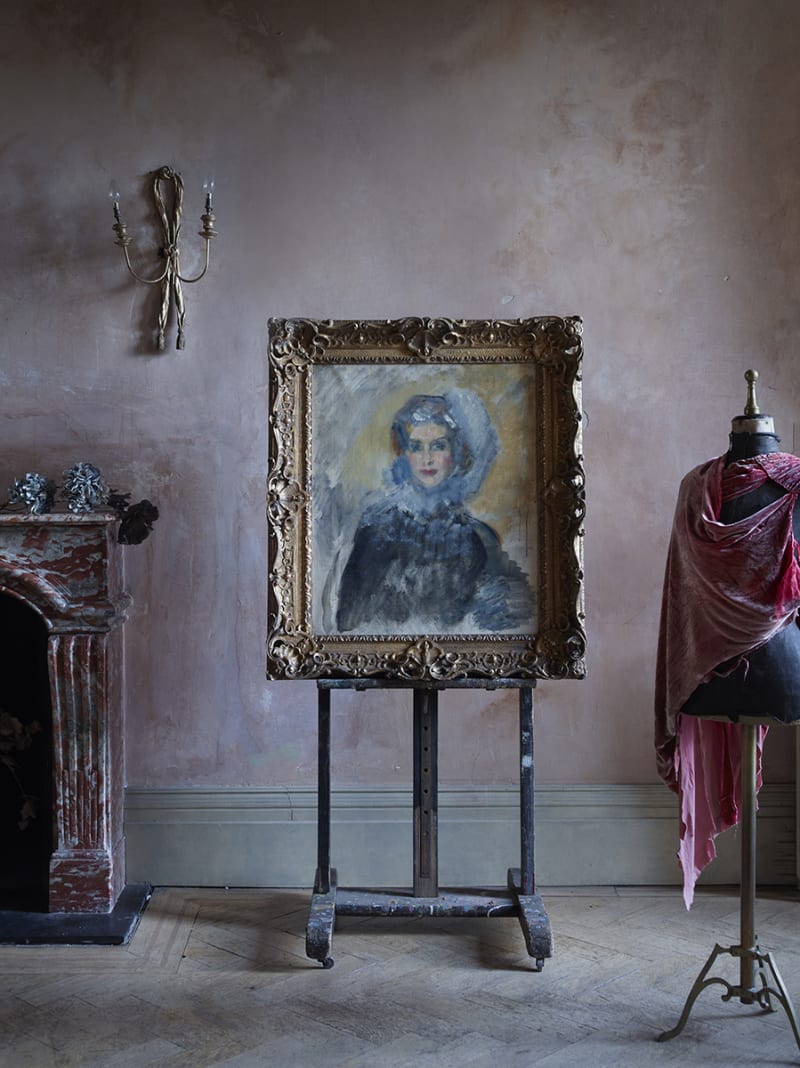To view all current artworks for sale visit philipmould.com
McEvoy was one of the most successful English society portrait painters of the early 20th century and a prolific visual chronicler of the ‘flapper’ generation. The subject of this glamourous portrait is Lady Diana Cooper, a well-known socialite who was once named the most beautiful young woman in England. Purportedly the daughter of John Brinsley Manners, 8th Duke of Rutland (1852-1925), Diana was instead the product of an affair between her mother, Violet (1856-1937), and Henry “Harry” Cust (1861-1917), the dazzlingly bright socialite, journalist and one-time politician.
As was usual of high-born girls of her age, she was given no education. Instead, Diana learnt reams of poetry by heart, which she could still recite even into late life. She “came out” into society in 1910. Famed for her beauty, she became a figure at the heart of what was to become known as the “golden generation” of young...
To view all current artworks for sale visit philipmould.com
McEvoy was one of the most successful English society portrait painters of the early 20th century and a prolific visual chronicler of the ‘flapper’ generation. The subject of this glamourous portrait is Lady Diana Cooper, a well-known socialite who was once named the most beautiful young woman in England. Purportedly the daughter of John Brinsley Manners, 8th Duke of Rutland (1852-1925), Diana was instead the product of an affair between her mother, Violet (1856-1937), and Henry “Harry” Cust (1861-1917), the dazzlingly bright socialite, journalist and one-time politician.
As was usual of high-born girls of her age, she was given no education. Instead, Diana learnt reams of poetry by heart, which she could still recite even into late life. She “came out” into society in 1910. Famed for her beauty, she became a figure at the heart of what was to become known as the “golden generation” of young men who died in the Great War.
It was during the Great War that Diana – with many of her former suitors dead on the Western Front – promised to marry Duff Cooper (1890-1954). For the duration of the War, the opposition of her ambitious mother prevented the marriage, but she eventually acquiesced and the marriage took place in June 1919. It was, in the words of her biographer, ‘a marriage which never staled’.[1] In spite of Cooper’s serial infidelities, the couple remained devoted to each other for the duration of their married lives. As she wrote to her brother John before their marriage, ‘for many years I have wanted to marry Duff because I know that when I am with him I am perfectly happy, that his mind I adore, that his attitude towards me and love and understanding are only equalled by mine towards him’.[2]
In the years that followed, Diana succeeded in establishing a career as an actress. For ten years, she toured in Max Reinhardt’s mime play The Miracle to great acclaim. In 1929, she gave birth to her only son, John Julius (1929-2018), to whom she was devoted, calling him, affectionately, her ‘darling monster’. In 1933, however, Diana left the stage to serve as the support for her husband’s career. A picnicking companion during the Second World War of Sir Winston Churchill (1874-1965) and General Charles de Gaulle (1890-1970), Diana continued to operate in only the smartest of sets. In 1952, when her husband was made Viscount Norwich, she refused to adopt his title, explaining to the Times that she wished to remain Lady Cooper.
Devastated by her husband’s death in 1954 – of cirrhosis of the liver – she refused to attend his funeral, something that she never did for those she loved the most.[3] The thirty-five years spent following his death were mainly devoted to her family and to the writing of her memoires. She disliked growing old but, when she died in 1986, it was at the age of 93.
[1] ‘Cooper [née Manners], Diana Olivia Winifred Maud [known as Lady Diana Cooper], Viscountess Norwich (1892-1986), Oxford Dictionary of National Biography (Oxford, 2004) see online here
[2] Quoted in P. Ziegler, Diana Cooper: The Biography of Lady Diana Cooper (London, 2011 edn.), p. 78.
[3] N. Tweedie, ‘My mother was a beauty and terrific fun’, The Daily Telegraph, 26th September 2013








